Multi-Instrumentalist Orphy Robinson on Freeing Your Musical Compositions
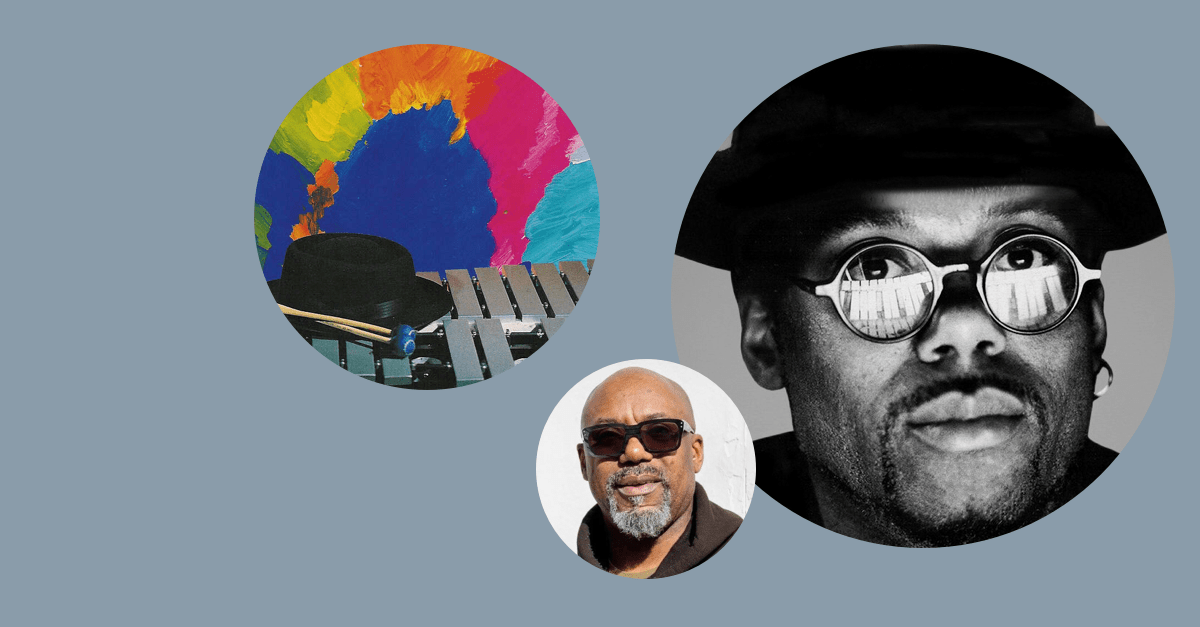
Music is a language, especially if you work with others to create it.
The notes, dynamics, chords and rhythmic choices you make in your songs all communicate something to your audience and those you collaborate with.
But understanding that language and knowing how to communicate musically takes a lifetime.
So who better to talk to about the language of music and the meaning of musical collaboration other than Orphy Robinson–a highly skilled multi instrumentalist who’s worked with everyone from Sonic Youth’s Thurston Moore, Pink Floyd’s Robert Plant, to the legendary free jazz composer Don Cherry.
We sat down with Orphy to hear his ideas about the language of music, the role of a multi-instrumentalist, composition and how the internet is changing the way artists collaborate.
Learning to communicate in a band
As a youngster, Orphy started playing music when he joined a local Scottish pipe band.
Learning snare drum rudiments was a useful start into the world of percussion, but he consistently found himself enamored with the marimba and xylophone.
He hung around the local roller disco during his teenage years where he made friends and it wasn’t long before they started jamming.
They formed what Orphy calls a “workshop” band with initially a bassist and guitarist– they’d cover Kool and the Gang tracks and the occasional attempt at an Earth, Wind & Fire song.
Over the next few years, the band evolved as players came and went.
Soon the funk band named itself “Savanna”. They would go on to release a few singles that briefly showed up on a few UK R&B charts.
“I think at a certain point I got excited by xylophones and marimbas, the size of them got me thinking ‘Wow! One guy plays that? That’s cool!”
“The first bands I was in though, I was playing congas and percussion and I would sometimes do some keys and things.”
Finding mentorship and growing a vocabulary
Savanna was only the beginning for Orphy. Congas, drums and the occasional stint at the keyboard wasn’t enough.
Inspired by the likes of vibraphone jazz legends like Lionel Hampton and Bobby Hutcherson, Orphy decided to get better at the vibes and the marimba.
Orphy was on a quest to learn from the best vibes players he could find, but he also wanted to expand his musical palette outside of pitched percussion.
He was drawn to the alto sax partly because a massive vibraphone was so hard to get around town with, but also because the alto saxophone is such an expressive instrument.
He picked up a sax with some Christmas money and started transcribing saxophone parts from his favorite records, learning them both on the vibes and the sax.
“I went through different phases of learning music, and then got to the point where, okay, [the vibes] are the instrument I’m most familiar with, it feels very comfortable.”
“That started the pursuit of going all over London–anywhere you could get classes or you could you know play with people learning”
“I liked how the saxophone players moved when they were playing–how they would move through the instrument. We didn’t really do the same on the vibes.”
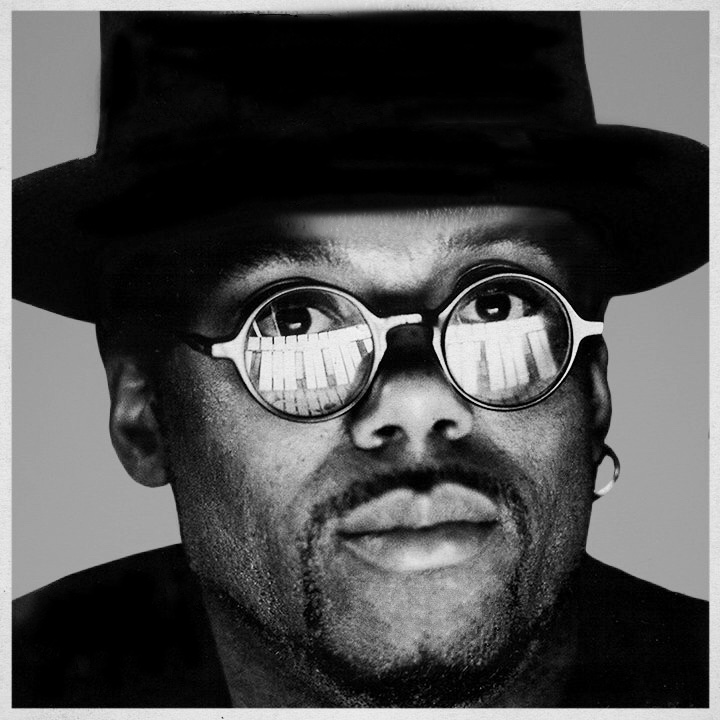
Learning the vibes and saxophone at the same time helped him understand how the languages each instrument spoke and worked together.
Orphy’s journey to find mentors paid off. His lessons with his sax teacher soon led him to his first big gig with Courtney Pine and the Jazz Warriors.
“Joining that band coincided with a movement of young people really getting into jazz in the UK and then doing new things with it.”
Pioneering new genres in the London jazz scene
Touring with Courtney Pine and living in London during a generational shift in London’s 80s jazz scene opened Orphy’s mind to new forms of expression.
Before his touring gig with The Jazz Warriors, Orphy recounts a chance to see Tony Williams while working at the Hard Rock Cafe and playing with Savanna.
“One day one of the managers said ‘you need to go and see this band–don’t argue. Here’s a ticket, it’s a freebie.’ It was Tony Williams and it completely blew my mind. I was like ‘oh wow okay’ this is a whole other thing.”
It was the first experience where Orphy really became aware of how powerful different forms of expression in Jazz can be.
The second came while on tour with Courtney Pine when he saw the Sun Ra Arkestra.
The contrast between Sun Ra and the buttoned-down look of the Courtney Pine band struck Orphy–he wanted to work in freer forms of musical expression.

https://www.youtube.com/watch?v=8SbvOPo4tHM
“That completely destroyed my mind–The Sun Ra Arkestra–they wore all these capes and the makeup, it was like music from the ancients and the future–you know? Free, but then there’s bits of structure.”
Accessing new worlds through different instruments
Orphy grew somewhat tired with the straight-laced sound and look of Courtney Pine and the Jazz Warriors. He soon broke off into more experimental areas of music.
Being a multi-instrumentalist with sought after skills, he was able to collaborate in many different musical projects–often surprising collaborators with his ability to experiment with different instruments.
“I realized I could turn up with anything and they would go ‘yeah that’s cool.’ It wasn’t like ‘oh we thought you were just gonna bring the vibes’–instead they were like “cool man, you’ve got a load of pedals and a load of electronics.”
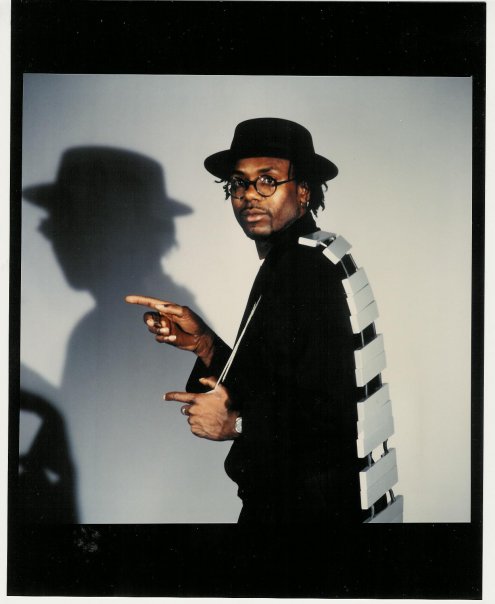
He soon left Courtney Pine to work more closely with free improvisation groups that were more experimental.
At one point touring with composer Lawrence Butch Morris in an improvisational ensemble that relied exclusively on hand signals from the conductor as instructions over sheet music and notes.
“I’ve always been Into experimentation with sound. So now it was like this is so cool–the first loopers, that sort of stuff. I was really taken by that world to such an extent that I cut down on the other work that I was doing with straighter projects.”
That tour would lead him to work with many free jazz and experimental projects–including work with Thurston Moore of Sonic Youth, Sun Ra Arkestra member Marshall Allen and experimentalist Don Cherry.
Composing as a multi-instrumentalist
Orphy’s experience working with many mediums in the jazz and experimental world gave him the chops he needed to become the flexible, creative and adept composer he is today.
Interestingly, Orphy struggles to compose on the vibes and marimba–the instruments on which he’s most comfortable.
Rather, he prefers to compose on the keyboard, saying his average skill keeps him from going on tangents.
“I cannot write on the vibraphone and marimba because I tend to go all over the place drifting, soloing, doing all sorts of things–but because I’m just a very average keyboard player I can sit at the keyboard and not get out of my line, I stay in my lane.”
Orphy finds direction for his compositions by looking at three sections that make up a grid from which he finds his inspiration.
The first section of his grid is the undertone of the piece he’s writing. It’s what helps him understand what sounds work best within a sound world or story he’s trying to tell.
The second section he describes as ‘text’–the elements in a piece that moves a composition along for the audience.
Orphy sees the ‘text’ of a composition coming from rhythms and melodic elements that push and pull against the undertones to create tension and release. He suggests the modal scales as a good place to start when playing with textures.
The third section in Orphy’s composition process is the frequencies and volumes between different instruments. For him, this is how you blend light and dark within a composition.
Thinking within this grid helps Orphy determine what instruments he needs to tell the right story within his own compositions and when working with other collaborators.
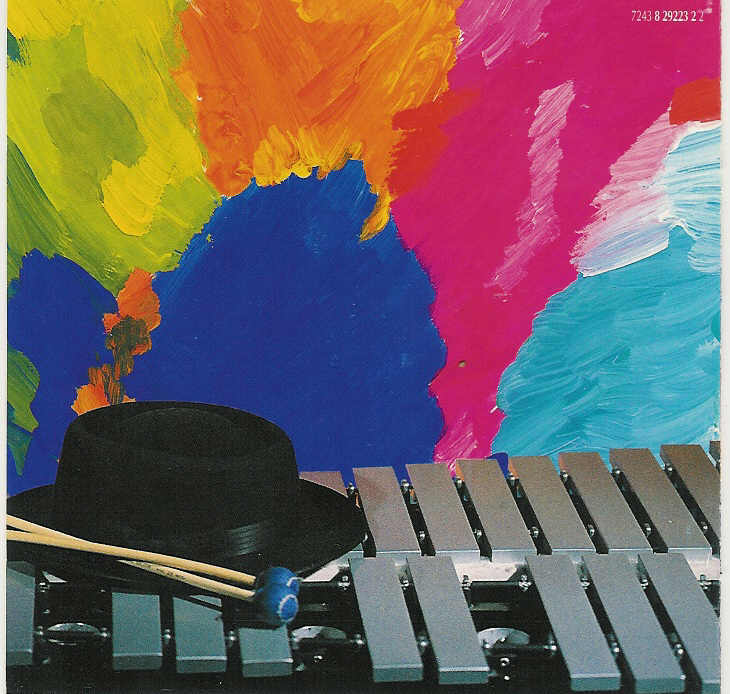
“It’s the same thing when you’re working with Improv or with musicians who are playing any instrument you try to find a common ground that creates a conversation.
“It’s about making in your mind a kind of grid that’s in three kind of sections.
You have the undertone–or the underground and you build that with whatever sounds work within the story.
Then you’ve got the text which could be using rhythms–creating tension, pushing and pulling.
Then you look at frequencies–look at volumes, look at density, at lightness. I use all of those in creating a music vocabulary that works for that story.”
What’s your advice for young musicians?
One of the coolest things the internet has done for music creators is how it opens up new avenues for both learning and creative exploration.
There’s just so much out there to absorb, especially when it comes to learning as a young musician.
The ability to easily find old music, transpose it and learn it is one of the things that excites Orphy most.
“There’s a lot of old things on the internet that you can dip in and out of.
You know when we grew up, if you were trying to learn something you’d put the record backwards and forwards trying to copy something.
But now you can go to various sites and slow down things, there’s different ways of manipulating it.”
His suggestion for young artists? Be patient. Listen to a lot of music. And, open your mind to new forms of expression.
“Patience and to just listen, absolutely listen. Don’t be blinkered on one thing.
My thing is to dip into all these different palettes and come up with something that you identify with–that other people can listen to and identify with as well. lt’s not about making music only for me or for other musicians to stroke their beards.”
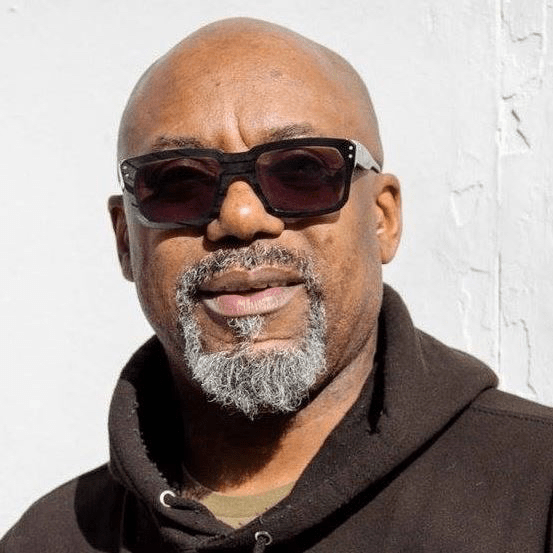
Working and collaborating through online communities
In 2020, working and collaborating online has grown to a greater level of importance than ever before.
Orphy sees this new paradigm as an opportunity to reach artists and collaborators that previously wouldn’t have been as accessible.
He believes online communities like LANDR Network are a big part of this shift in thinking, because it makes it so easy to find talented collaborators.
“It’s like a one-stop shop. You can go straight to there and find a fab keyboard player or drummer. Or, hey! There’s an oud player, there’s a saxophone player, there’s a bagpipe player from here–how about putting that on top of a trap groove or on this group.
It’s absolutely incredible. I think LANDR is that platform that’s gonna be the best practice for this fantastic new world.”